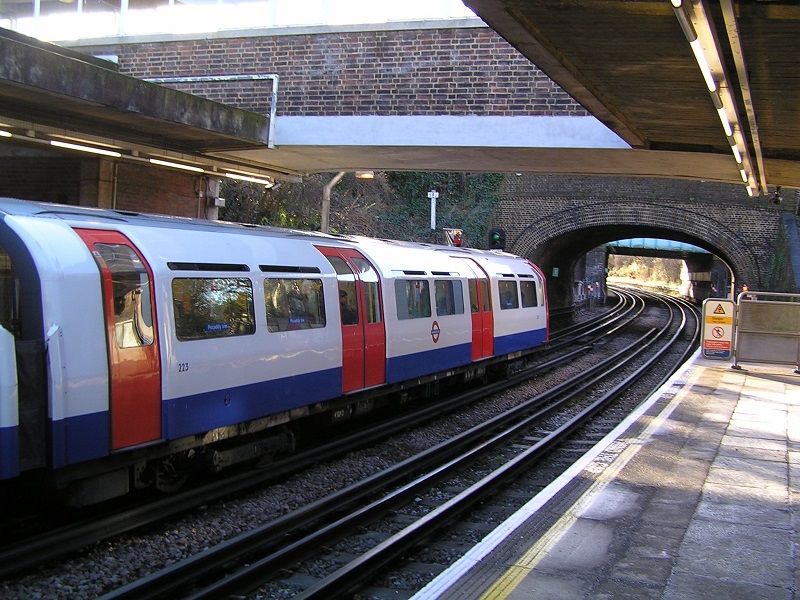One of Europe’s largest infrastructure projects, Crossrail, is a project that connect the east to the west of London. Crossrail will consist of a 120kn railway line that will travel across London. As part of the project sustainability was integrated into the work from the very beginning of the operation.
The work will include a 20 km stretch of twin bored tunnels and a number of new underground stations. This section of the project will be integrated in to the existing London underground system. The first section of the Crossrail project is expected to be opened in December next year.
It has been a main priority of the developers on this project that possible ways to reduce carbon are identified in order to make the development as sustainable as possible. There has been a collaborative approach to the project which has spread across the supply chain and tier one contractors for the best ways of cutting carbon. The work has had targets applied to it from the beginning so that they could reduce the amount of carbon used throughout the entire project. A carbon measurement tool has also been developed for this set of works that will allow the developers to see if there are any carbon interventions against the baseline.
For projects that are similar to Crossrail it is thought that 75% of the whole lifetime carbon emissions take place in the operation of the system. To help reduce this as much as possible the Crossrail team have worked with design teams that should reduce the operational energy that Is needed. The design teams have also looked at ways to minimize the operational energy use in the stations of the Crossrail system. There have also been specifications set out for the provider of the rolling stock in order to reduce emissions too.














